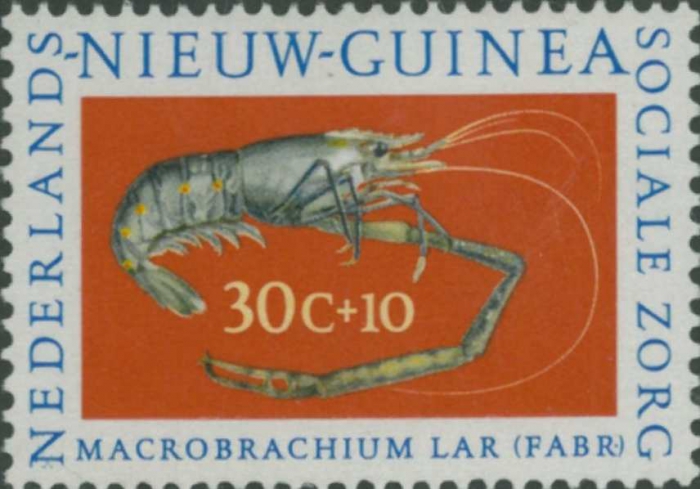The spice vendor at the market recently convinced me to buy
his mixed dahl. The mix consists
of a variety of different lentils and small beans and looks very colorful in
the re-used peanut butter jar on my shelf. I asked him how to make dahl when I bought it, “just to be
sure I am doing it right.”
Actually I’ve made dahl soup, the spicy yellow concoction usually served
with rice, many times – to varying degrees of acceptability – but this has
become a bit of a hobby for me and I’m looking for the recipe I like best.
 |
| Mixed Dahl on the shelf |
The thing is – everyone makes dahl a little differently. Even at the same restaurant the dahl will be different on different days. Although this makes it hard to recommend a restaurant based solely on the quality of their dahl, I’ve never had a bad one and I rather enjoy the variety.
I’m in pursuit, not only of the perfect dahl, but of
perfection in all of my Indian cuisine.
I am relatively new to this kind of cooking because for most of my life
Indian food was something you would order at a restaurant, not cook for
yourself at home on par with kung pow chicken, tom yum soup, tempura shrimp and
other things that ordinary Americans don’t know how to cook. Now that I’m attempting to make Indian
food on a more or less daily basis I have two stipulations: (1) it must be
delectable (or close – based on my tastes) and (2) it should be less than 50%
oil – or at least – healthier than the stuff at most of the restaurants. I realize, of course, that these are
are competing aims – but not only am I a perfectionist, I’m picky.
The difficulty of the task at hand, however, has not stopped
my experimenting. And I must say
that I make a lovely bhindi curry (okra) with optional nutrella (soy
chunks). My vegetable pulau is
also pretty great and I recently made a wonderful palak paneer – with the
paneer from scratch. This actually
might sort of be cheating since palak paneer isn’t a dish that’s usually cooked
in Fiji. In fact, most of the
Indo-Fijians I’ve asked haven’t even heard of paneer, though maybe it’s
something lost in translation.
That’s another thing I find interesting and fun – Indian food
in Fiji is nothing like Indian food in America – or – at least – there are
striking differences. Of course there are differences based on vegetable
availability (I’d never heard of taro leaves being used in Indian cuisine in
the states) but there are other differences, too. For example naan is pretty much non-existent here, but is
ubiquitous at home to the point that many Americans don’t realize there are other
types of bread in India. Here
everyone eats rot – which – if you have to forgo naan – is probably the best
thing and in some cases it’s even better than naan since it can be used as a
wrap like a tortilla. One of my
new favorite things is to go to an Indian restaurant and order the vegetable
curry half rice and half roti and make burritos out of whatever shows up –
usually it includes tomato chutney which could sort of compare to salsa.
 |
| Taro leaf curry, dahl, tomato chutney, rice and roti ready to be made into burritos! |
And this is just the tip of the iceberg! Living in a traditional Fijian village I am not exposed to as much Indo-Fijian culture and food as I would be if I lived in (or near) a settlement. I have to rely on other volunteers to invite me to their homes and introduce me to their friends or make some Indo-Fijian friends in town. Having experienced Diwali I realize I have heaps more to learn. Indian snacks and sweets, too! But that’s a whole other ball game – one of overindulgence, pleasure and pain – and can be saved for another time.










































